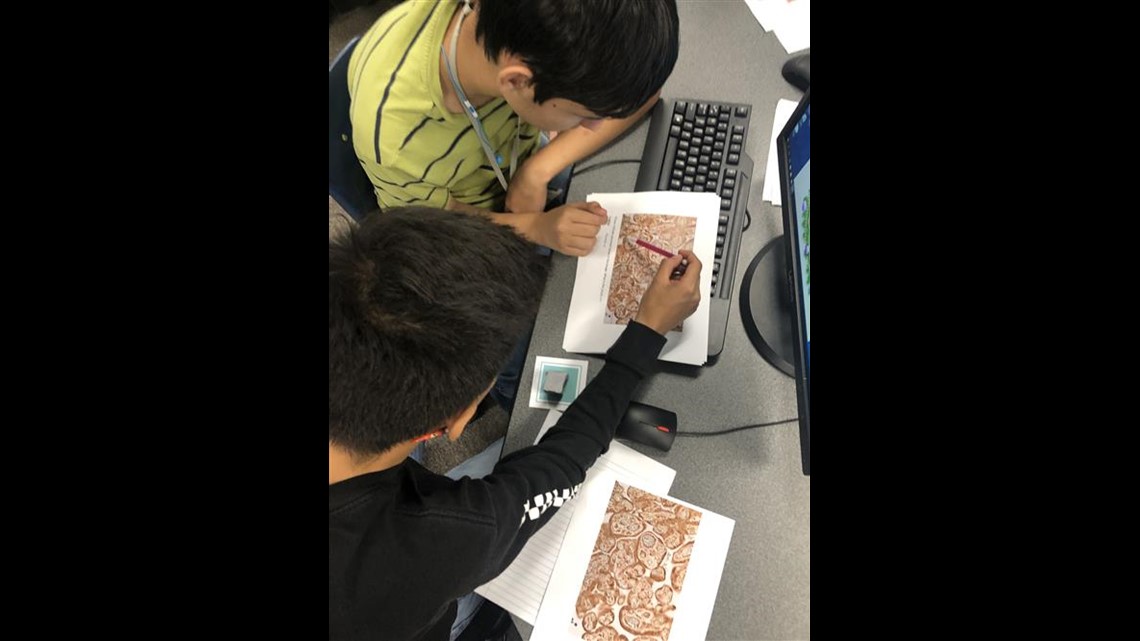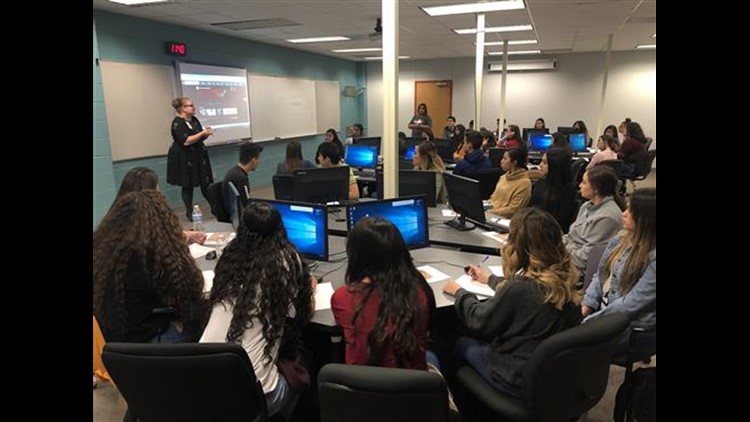

ECTOR COUNTY, TX (KWES) - Through a collaborative partnership between the Ector County Independent School District Innovation Department and Texas Tech Health Sciences, ECISD students in Career and Technical Education health science courses have been given a unique opportunity to contribute to research in a placenta study.
Dr. Natalia Schlabritz-Lutsevich is the principal investigator in the study that will fully characterize the placenta organ and its function.
According to ECISD, this research project is the first opportunity in human history to study the central organ that supports pregnancy.
The placenta has a one of a kind structural plasticity, which is not compatible with any other organ of the human body. It combines physiological and molecular biological features of kidney, brain, vascular and endocrine system.
This research would lay the ground work for the basic understanding of the function of different organs.
The human placenta research project offers students hands-on, inquiry-based science benefiting real world data collection through placental stereology quantification methods, and can contribute to the National Institutes of Health.



